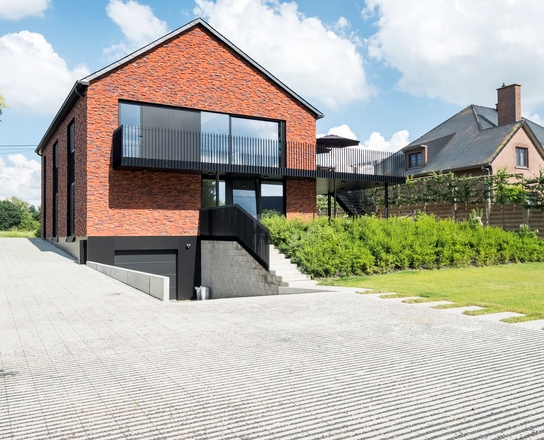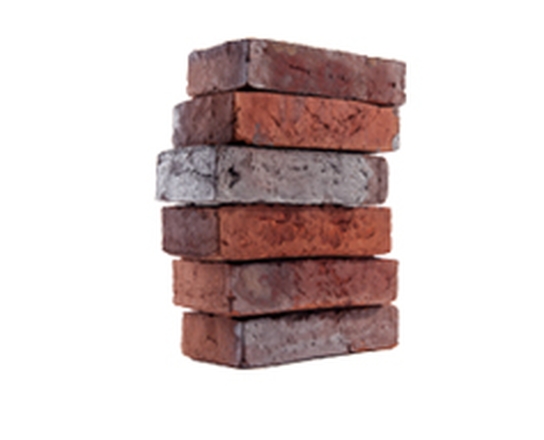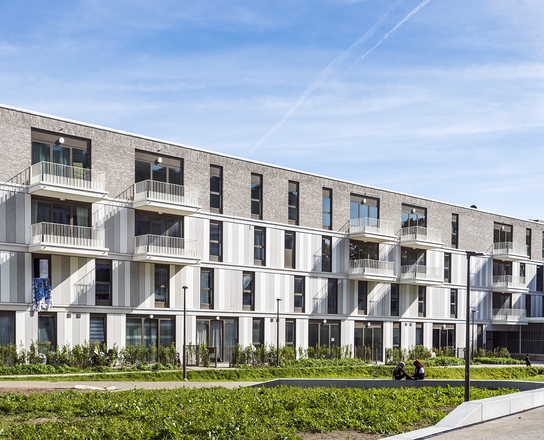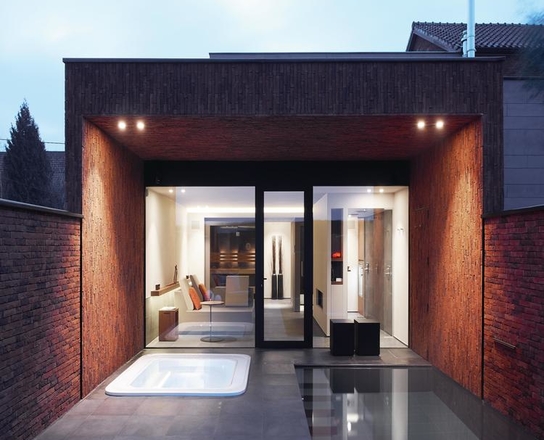Protecting brickwork while working
To prevent damage to your brickwork, there are some important precautions that you will need to take. Protective your brickwork from rain, freeze/thaw cycles, low humidity, and mechanical damage.
Protection against rain
As the mortar hydrates, a chemical process where the water reacts with the cement, you need to protect the brickwork from excessive moisture loss and absorption. It’s important that it doesn’t rain directly onto the structure before the mortar has had the chance to harden, otherwise the mortar may flush out of the joints. In addition, it’s important to protect the brickwork from wetting and drying cycles. Install sills, thresholds, gutters, and temporary rainwater drains as quickly as possible. And, until they are installed, cover over fresh brickwork. Do not undertake any bricklaying work during periods of heavy rain.
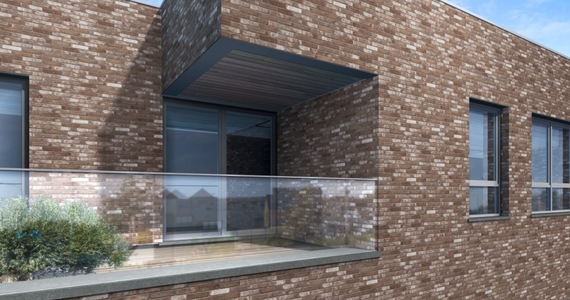
Preventing leaching and efflorescence
At the end of each day, cover over fresh brickwork with a layer of plastic. It’s essential that you prevent the brickwork from being saturated by rain, as this can increase the risk of leaching and efflorescence .
Protection against freeze/thaw cycles and low humidity
Take measure to prevent fresh brickwork from being damaged by freeze/thaw cycles. Never carry out brickwork close to frozen materials. Protect fresh brickwork from low humidity, otherwise there is a risk of it drying out due to wind and high temperatures. If necessary, keep the brickwork moist until the cement in the mortar has hydrated. If the weather is persistently dry and warm, you must wet the brickwork at the end of the day. This will prevent if from drying out and hardening too quickly, which will make it difficult to adhere.
Possible causes of mechanical damage
Surfaces, corners, and weak points in the brickwork need to be protected against damage. Factors that could cause mechanical damage:
- Other work being carried out and subsequent construction work
- Movement of construction traffic
- Concrete being poured above the brickwork
- Using scaffolding and the work being carried out on the scaffolding
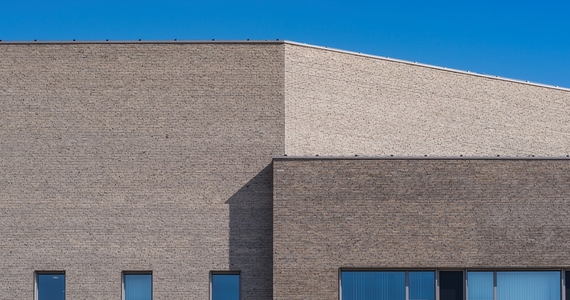
Preventing mechanical damage
We assume that every contractor respects the work of other contractors, but accidents can happen quickly. Cover the brickwork with plastic to prevent others from getting it dirty. If the brickwork that you are covering is still wet, ensure that it can still dry with natural ventilation between the wet brickwork and the cover. If the brickwork is in a location with heavy site traffic, protect with plastic foam that you can remove later.
Structure height
Limit the height of the brickwork being constructed in one day. This will prevent instability and overloading of the fresh mortar. When determining the height limit , take into account:
- The wall thickness
- The type of mortar
- The shape and density of the bricks
- The extent of exposure to wind
You should also follow the installation instructions provided by the manufacturer or the materials that you are using.

